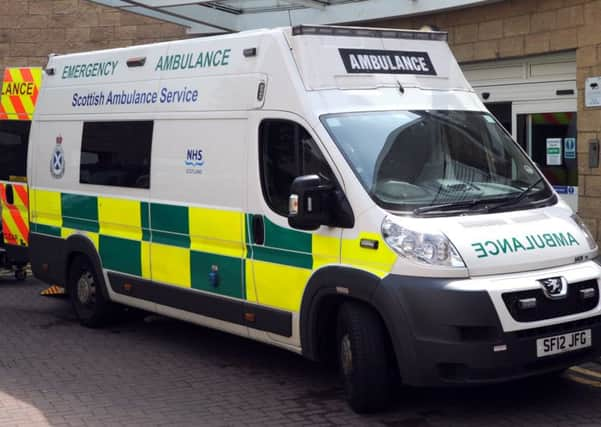Deprivation link to Scottish suicide rate


The analysis of more than 3,000 suicides between 2009 and 2012 also revealed that more than half (58 per cent) of people who took their own lives had received a prescription for a mental health drug in the 12 months before their death.
Nearly one third (32 per cent) had also been admitted to a general hospital in the year before death.
‘Suicide is an inequality issue’
Advertisement
Hide AdAdvertisement
Hide AdThe Scottish Suicide Information Database (ScotSID) Report found that almost three-quarters of probable suicides were in men.
Among women who killed themselves, over a quarter had children under the age of 16.
The report found that the rate of suicide was three times higher in the most deprived fifth of the population compared to the least deprived - a rate of 25 suicides per 100,000 population compared to eight per 100,000.
At least 20 per cent of those who took their lives had been offered a psychiatric appointment in the year before their deaths.
The figures also revealed that 16 per cent had attended A&E in the 30 days before their death, rising to 25 per cent in the three months before death.
Professor Emeritus Stephen Platt, chair of the ScotSID Steering Group, said: “While poor mental health is the fundamental ‘cause’ of suicide, the findings of this report emphasise the importance of addressing suicide as an inequalities issue.
“Social isolation and socio-economic deprivation are also potent risk factors, especially in combination with mental ill-health.
“The ScotSID report is a vital resource for identifying the factors which may increase or reduce the likelihood of suicide.
Advertisement
Hide AdAdvertisement
Hide Ad“The more we understand about individuals who take their own lives, the better we can develop interventions to support others who are feeling suicidal, and prevent the dangerous transition from thoughts of suicide to suicidal behaviour.”
‘More support needed’
Scottish Liberal Democrat health spokesman Jim Hume said: “Each of the 3,059 probable suicides which have taken place in Scotland in the past four years represents a personal tragedy of loss for over 3,000 families.
“If we are to build a fairer society which gives more people the chance to get on life, the treatment of mental ill health must be placed on an equal footing with the treatment of physical ill health.
“With one in five suicide cases having previously been discharged from hospital due to self-harm much more needs to be done to ensure people are given ongoing support.